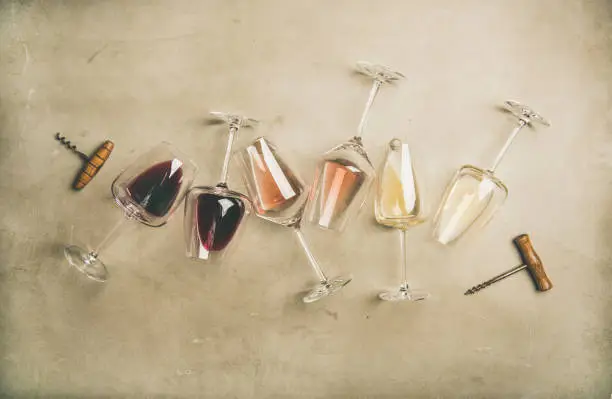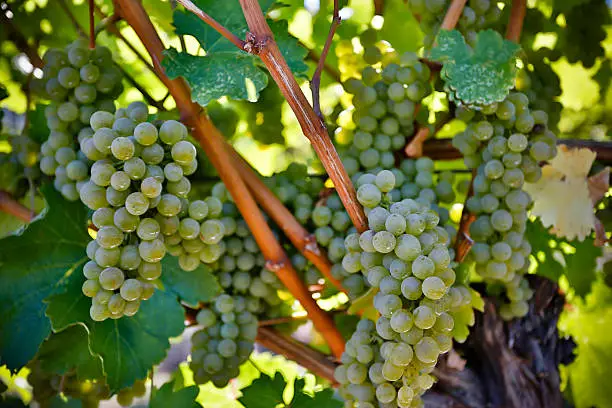
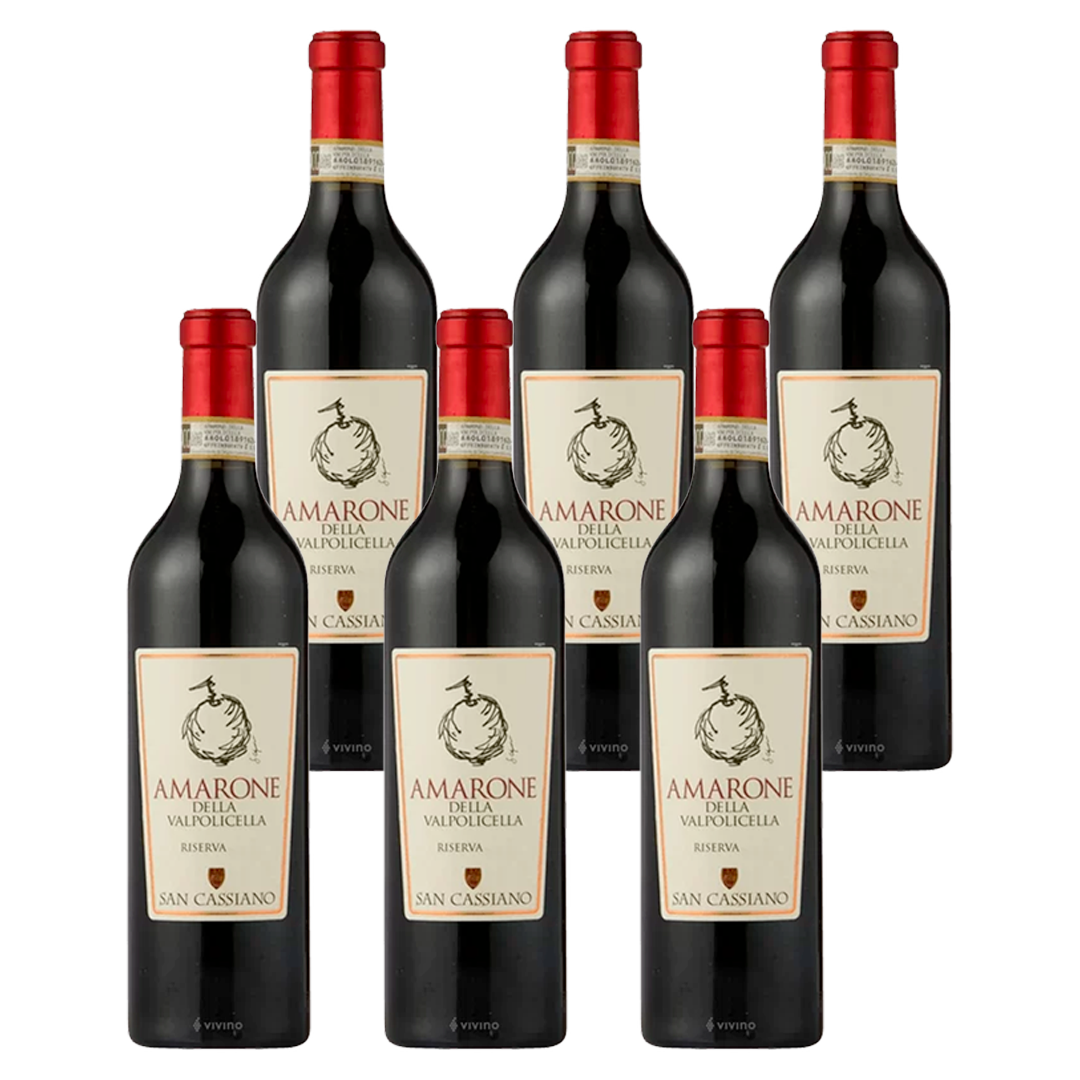
What makes Amarone wine so special?
If you’re looking for a wine gift for a someone who’s already immersed in the world of wine and winemaking, you can’t go wrong with a good bottle of Amarone red wine. It has a rich history, unique production method, and it’s absolutely delicious. This post delves into all these aspects of Amarone wine and more.
History of Amarone wine
Amarone as we know it today was first created by accident in the early 20th century in a winery in Valpolicella (Vento region). At this time, yeast was yet to be discovered as the source of fermentation and so many barrels for making sweet wine were mistakenly over fermented. The resulting wine was deemed too strong, dry, and bitter, and often thrown out. This was the case until 1936, when the manager of the winery Adelino Lucchese decided to try some of the ‘mistake’ wine. He then declared it ‘Amarone!’, meaning ‘great bitter’, or so the story goes. The first official bottles of Amarone wine were then marketed and sold in 1953 under the name Recioto Amarone della Valpolicella.
What is Amarone wine
Amarone wine has a unique production method that sets it apart from not only other Italian fine red wines, but other wines found anywhere in the world. This process is known as the ‘appassimento’ or ‘grape-drying’ method, which has the effect of concentrating deep colour, aroma, and flavour in the wine. Producing Amarone wine combines this technique with a long fermentation time to create a variety that has long been associated with power. Amarone is made with a blend of local red grape varieties, notably including Corvina, Rondinella, and Molinara.
One characteristic of Amarone wine that makes it especially attractive to collectors is that this wine evolves the longer it is kept in storage. The result is that those with multiple bottles can enjoy varied drinking experiences depending on when they choose to open the bottle. In fact, until recently most young Amarone wines had unpleasant tannins that meant bottles had to be aged for at least 6-7 years before opening.
Flavour profile of Amarone wine
As with any fine wine, the true flavour of Amarone wine is so complex that must be experienced rather than read about. Nevertheless, when drinking an Amarone wine the first thing you’ll notice is the strength behind it. This is in both taste and alcohol, as most wines of this variety sport an alcohol content of between 15-16%. While Amarone has notes of cherry and fig on the nose, its tasting notes are far more bitter. Depending on the type of wood in the aging barrels, the wine can feature cinnamon, vanilla, cocoa powder, and coffee flavours.
Amarone wine typically pairs well with foods that have strong flavours to match its own. This includes the likes of:
- Red meats such as beef and oxtail.
- Smoke and spices.
- Chocolate.
- Rich deserts.
- Hard and soft cheeses.
Fine wine specialists
At Jean Juviniere, we’re proud to be able to stock fine wines from prominent wine producing regions across Europe. This includes Amarone wine, as well as other specially selected fine wines. We’re especially fortunate to have a strong working relationship with winemakers in the Valpolicella region, meaning we offer the exceptional quality San Cassino Amarone Riserva – Corvina. If you have any questions about corporate gifting or delivery information, please get in touch.
 Fine Branded Corporate Gifts
Fine Branded Corporate Gifts 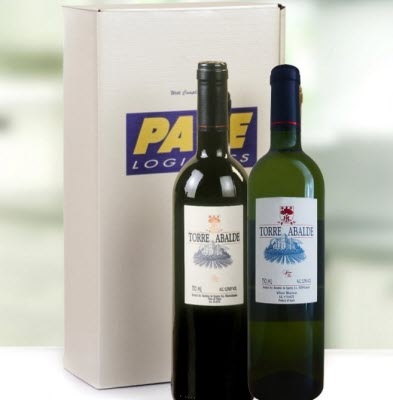 Card Wine Boxes
Card Wine Boxes Wooden Wine Boxes
Wooden Wine Boxes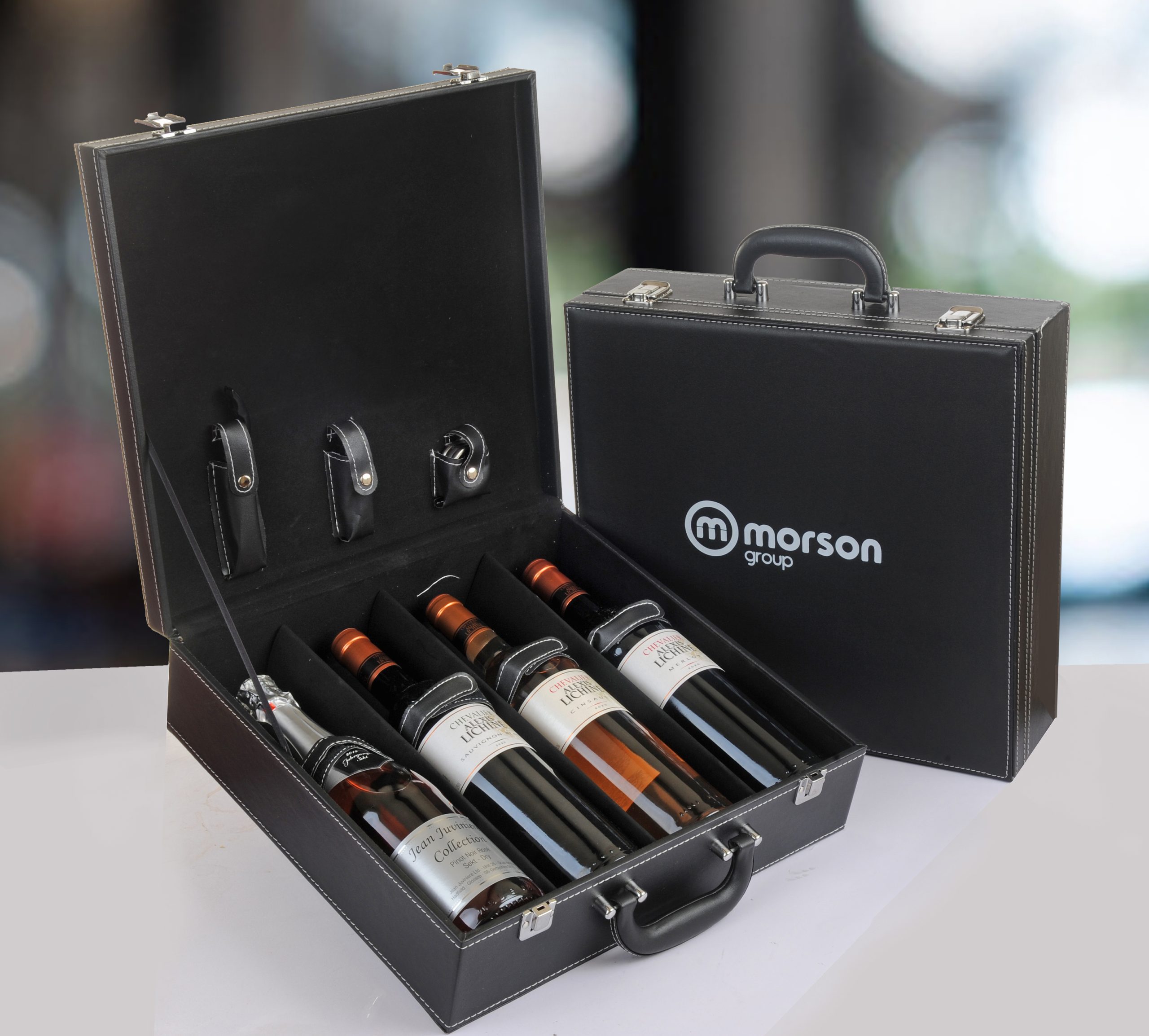 Leather Wine Boxes
Leather Wine Boxes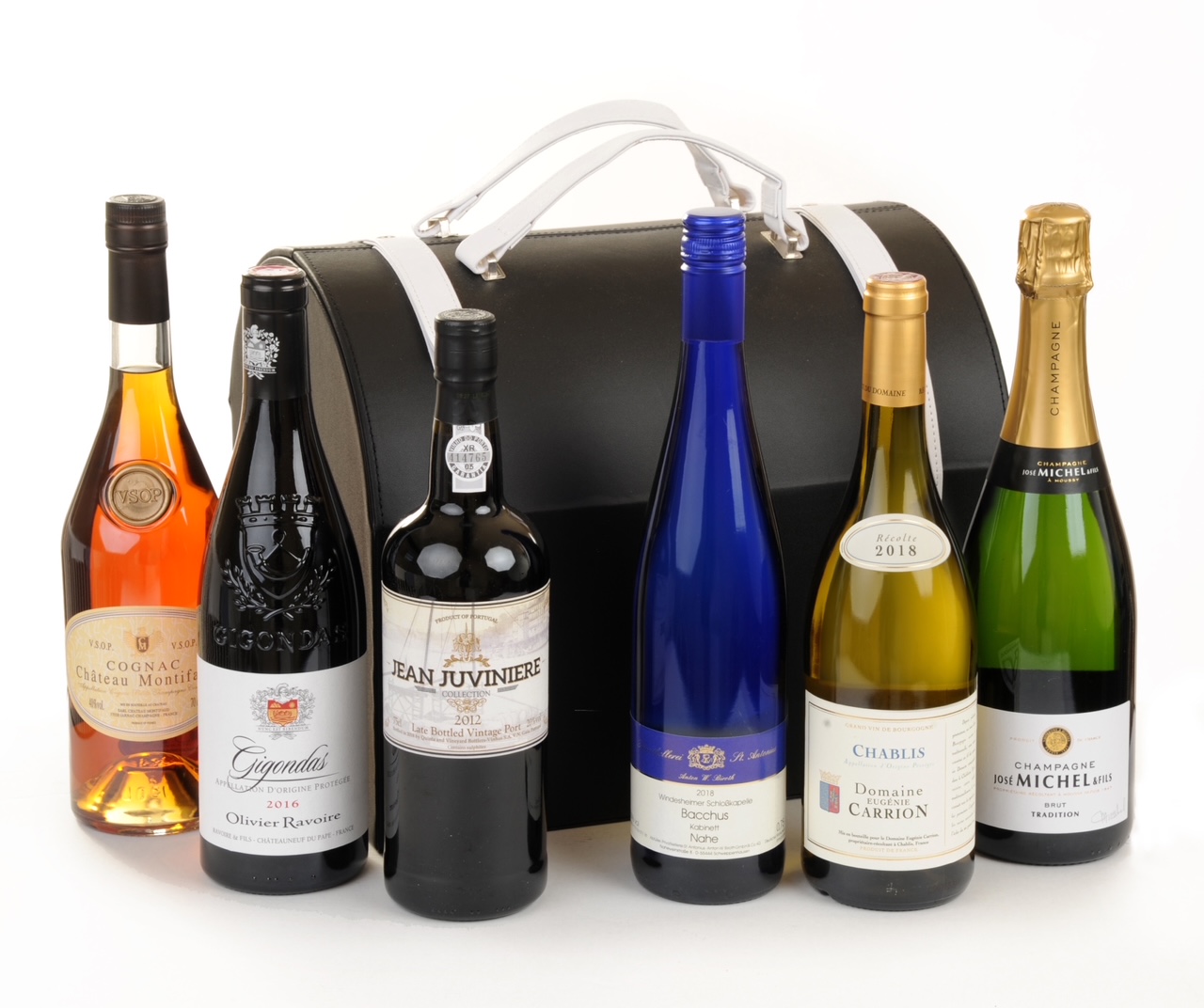 Wine Hamper
Wine Hamper Champagne Gifts
Champagne Gifts All Wine
All Wine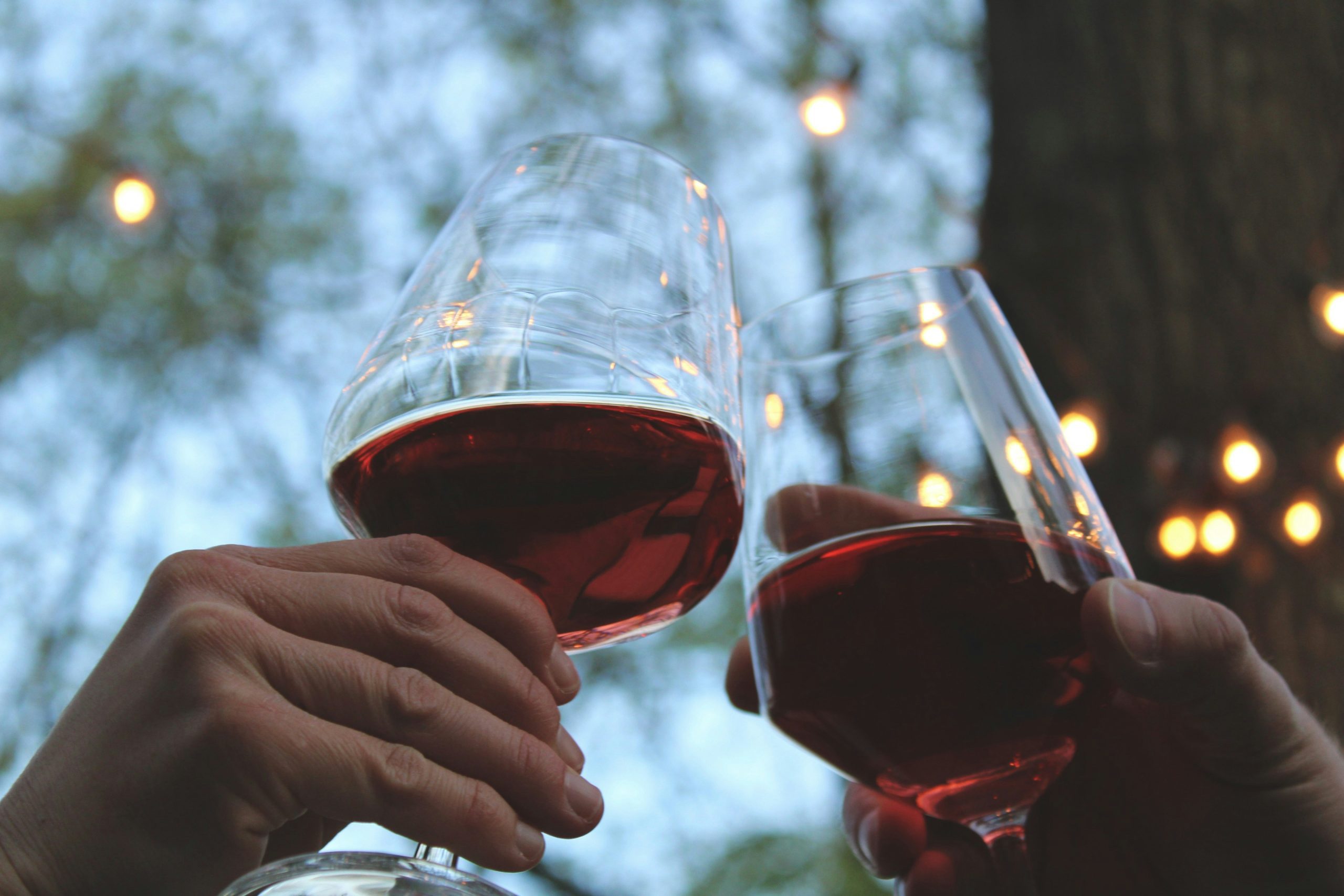 Red Wine
Red Wine White Wine
White Wine Rose Wine
Rose Wine Sparkling Wine
Sparkling Wine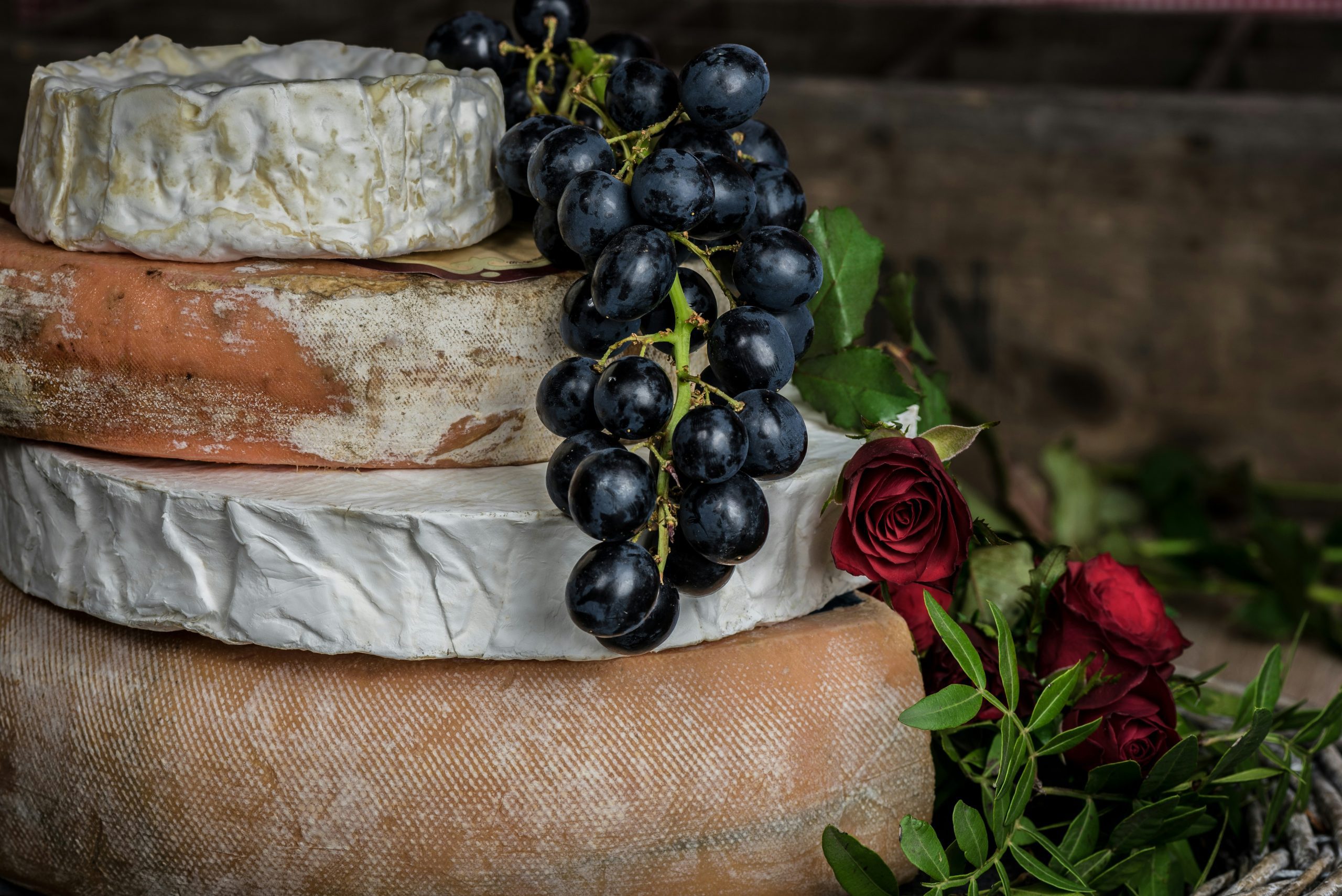 France
France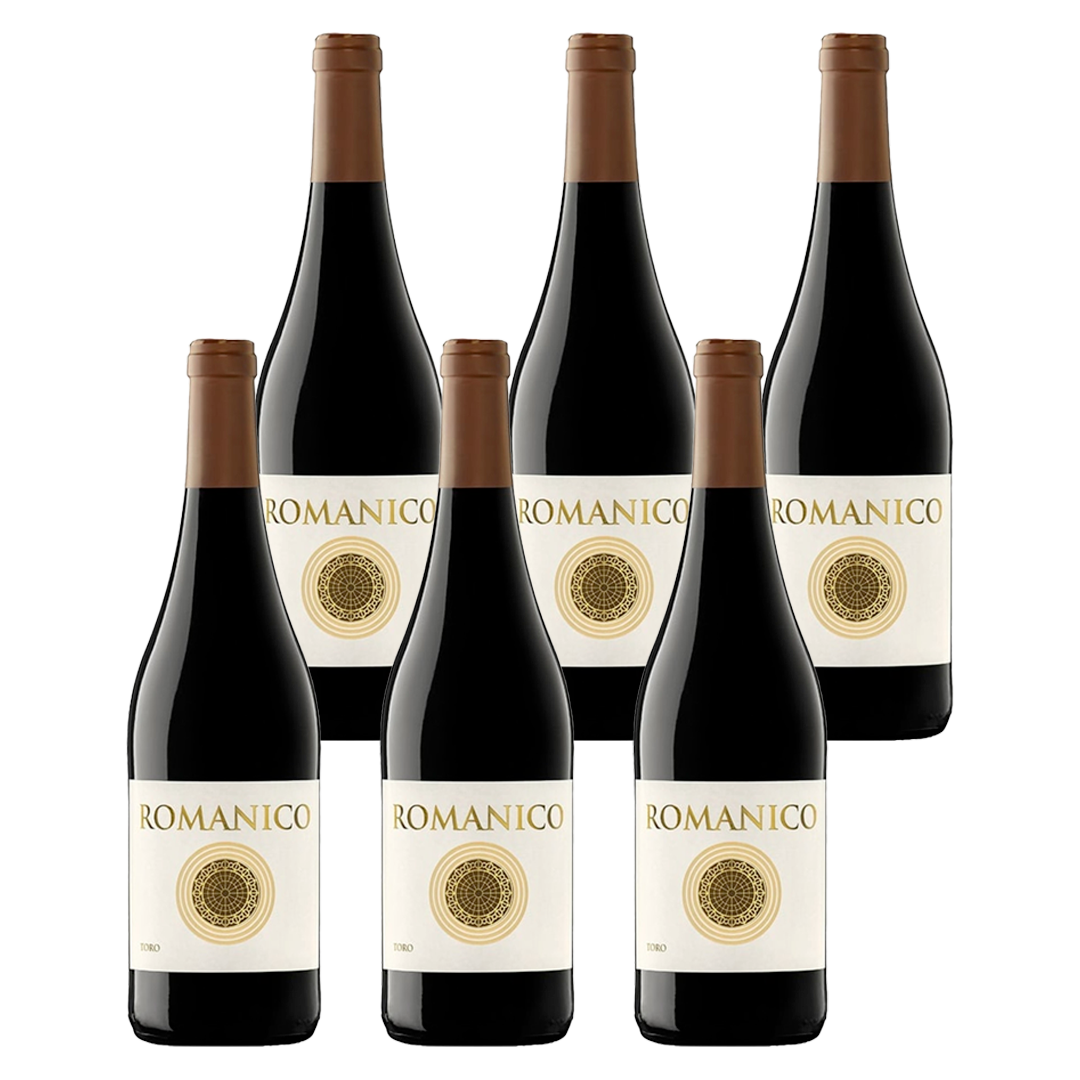 Spain
Spain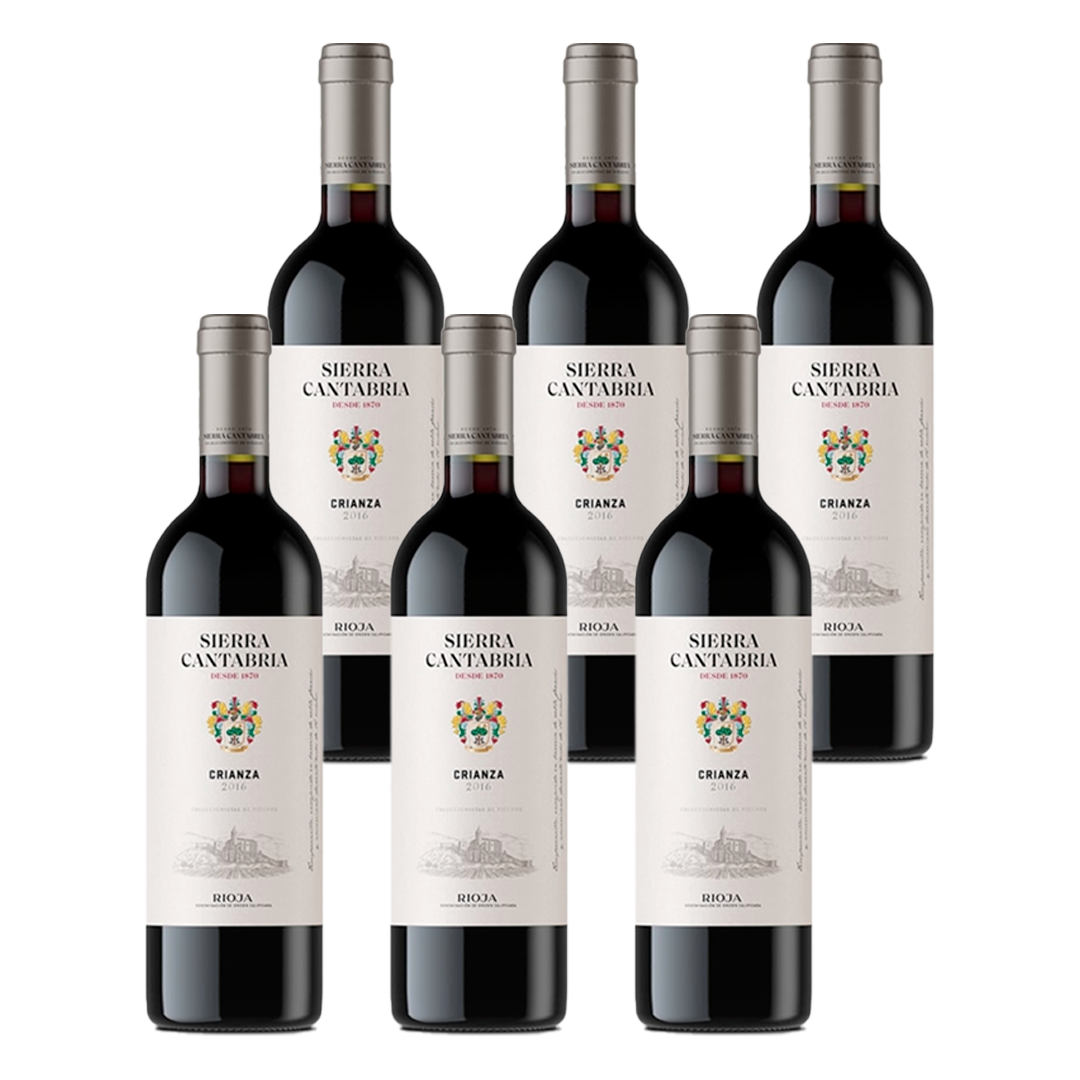 Rioja
Rioja Veneto
Veneto Business Anniversary Wine Gift
Business Anniversary Wine Gift Christmas Wine Gifts
Christmas Wine Gifts Corporate Wine Tasting
Corporate Wine Tasting Company Events
Company Events
